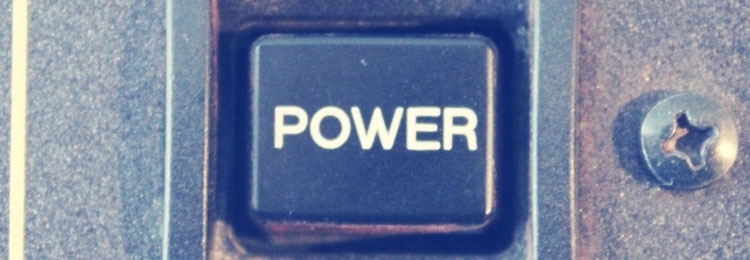Technical Basics
Technical Requirements For A Blog

Many beginners shy away from starting their own blog, because they’re intimidated by the seemingly complicated technical aspects of it. It’s okay, though – your fears are entirely unfounded, as a lot can be accomplished with very little technical know-how. Trust us, you have a lot of options when starting a blog, you just have to find out which ones work for you.
Minimum Technical Requirements
Every blogger will need a computer with access to the internet. A PC or a laptop is likely the most sensible solution, as it is easier to write on a proper keyboard, especially when working on longer articles. But generally, a tablet or a smartphone can be used for blogging, too – and there are a range of keyboards available for use with tablets nowadays, too, which are suitable for blogging purposes.
You’ll need an internet connection and a web browser (such as Chrome, Safari, Firefox or Internet Explore etc) installed, of course. Your blog site will need to be hosted somewhere online – a hosting provider ensures your websites are available online around the clock. You’ll also need to choose a CMS (content-management system) to edit and update your blog.
CMS And Hosting
A content-management system (CMS) is a way of creating a blog without having to write a single line of computer code. WordPress is an extremely popular example for creating blogs. It can be installed for free and there are many tutorials and tips available on the internet, also for free. Other CMS are more specialised, but often, they are little more complicated. To install a CMS, you will need suitable hosting.

It’s important the minimum requirements of the CMS are met. However, since WordPress has become so popular, a lot of hosting services now offer relatively cheap prices and an entirely usable service. Another technical requirement is a domain – ie, the address you type in to a browser to reach your blog. Usually, these are included in the price when choosing a hosting provider.
To make sure your blog is visually appealing to your visitors, you will also have to choose a suitable layout. Many CMS offer a large selection of free or paid-for layout templates. You can also have your own unique layout created by a web designer, or – when able – create your own.
Many Possibilities
As you can see, the absolute minimum of necessary technical knowledge is rather low. In fact, starting your own blog has never been easier than today.